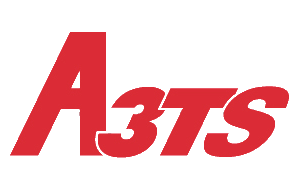CT08 - Nitriding and nitrocarburizing
Inter-company and intra-company courses
New
Educational objectives
To give the essential bases for the understanding of the mechanisms involved and to choose the best steel/process couple according to the stresses of the parts
PROGRAM
Some basic heat treatment reminders
Principle of nitriding and nitrocarburizing processes
Characteristics of nitrided layers
Nitriding steels
The main industrial processes
Post oxidation and improvement of corrosion resistance
Surface preparation of parts before nitriding
Defects and remedies for nitrided layers
Special case of stainless steels
ADDITIONAL INFORMATION
To deepen your knowledge, we suggest you create a training course using other modules from the catalog.
CONTACT US
formation@a3ts.org
+33 (0)1 45 26 22 35
Accessible to people with reduced mobility: yes. Accessible to people with other disabilities: please contact our disability advisor on +33 (0)1 45 26 22 35 to discuss the situation together.
- DATES INTER
- 25-26/03/2025 Open to groups of 4 or more.
- DURATION
2days (14h)
- PUBLIC CONCERNED
Executive, Technician
- PREREQUISITES
Fundamentals of heat treatment or knowledge in TTh.
- METHODS USED
Paper or digital lessons and exercises.
Multiroom videoconferencing platform with chat.
- PLACE
Face-to-face INTER: A3TS Paris
Face-to-face INTRA: on site
Distance learning: videoconferencing
- RATES
Inter: €1260 excl. tax/person
Intra: on request
- TRAINER
Metallurgical engineer
- EVALUATION METHODS
Satisfaction survey at the end of the session.
Evaluation of learning at the beginning and end of the training.




